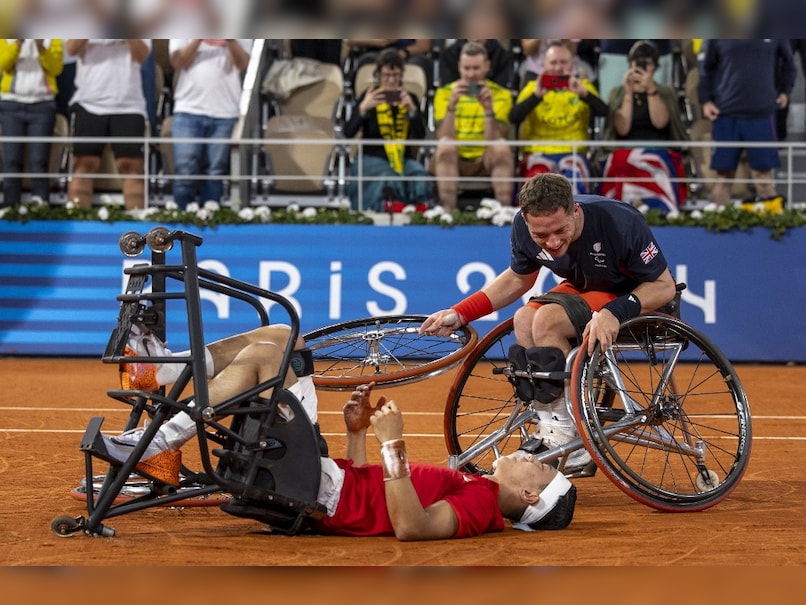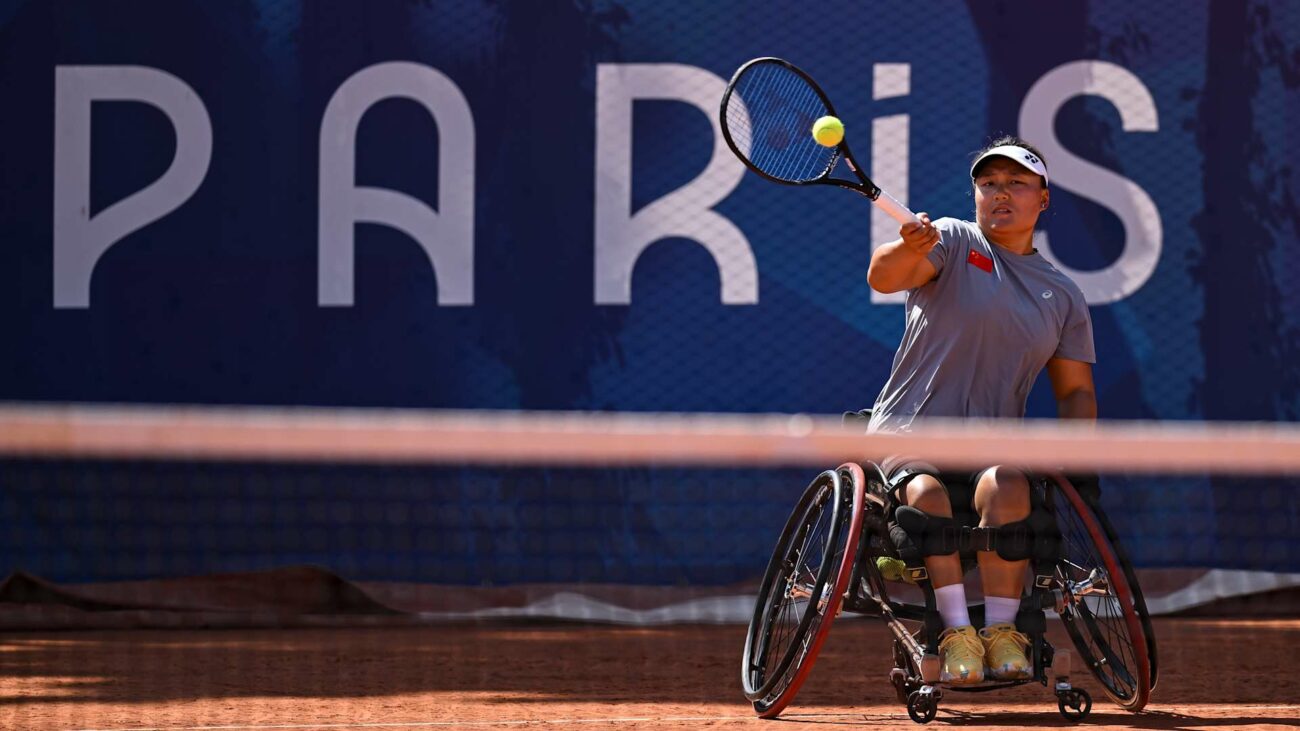Paralympic Tennis Final: Oda Triumphs in Epic Wheelchair Clash
In an unforgettable Paralympic tennis singles final, Great Britain’s Alfie Hewett narrowly missed out on gold, falling 2-6, 6-4, 5-7 to Japan’s Tokito Oda. The epic encounter, played in front of a packed Philippe-Chatrier court at Roland Garros, showcased the thrilling spectacle of wheelchair tennis.
The match reached its climax when Hewett failed to convert a match point at 5-3 on Oda’s serve. The Japanese star held his nerve and broke Hewett to level at 5-5. Oda then seized the momentum, winning the next two games to claim the gold medal.
Despite the disappointment, Hewett praised the quality of the match, calling it “nothing short of absolutely remarkable.” He added, “It may go down in wheelchair tennis Paralympic history as the greatest match ever.”
Oda’s celebration was as memorable as his victory. The 18-year-old became the youngest ever Paralympic men’s wheelchair singles champion and celebrated by spinning on his wheelchair with such force that the wheels came off.
Hewett, who had been left at the net, graciously helped Oda pick up the wheels before embracing him and whispering words of encouragement. “I said, just take this in and enjoy this because what we’ve done today out there is nothing short of absolutely remarkable,” Hewett said.
Wheelchair tennis is part of the four Grand Slam tournaments, but prize money remains significantly lower than in able-bodied tennis. Hewett won GBP 65,000 for his Wimbledon title in July, while first-round losers in the able-bodied Wimbledon receive GBP 5,000.
Despite the financial disparity, wheelchair tennis continues to captivate audiences with its high-quality play and inspiring stories. Hewett and Oda’s epic final was a testament to the skill and determination of these athletes, and it is hoped that it will inspire greater recognition and support for wheelchair tennis in the future.


